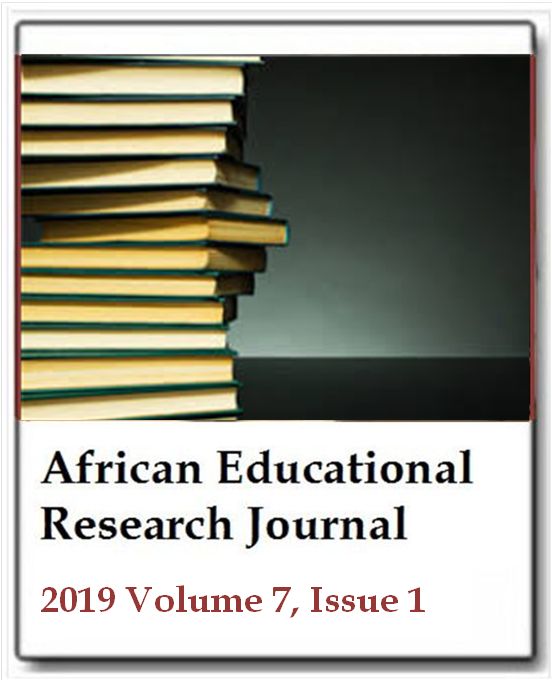Status of school feeding programme policy initiatives in primary schools in Machakos County, Kenya
Redempta M. Kiilu and Lucy MugambiAfrican Educational Research Journal
Published: February 28 2019
Volume 7, Issue 1
Pages 33-39
DOI: https://doi.org/10.30918/AERJ.71.18.107
Abstract
Although education stakeholders agreed on achieving Education for All by 2015, high wastage rates in developing countries has remained a major concern. In Kenya, data shows that more than one million primary age children are still out school. In many countries, school feeding programmes has been used as one of the interventions to promote retention and improving learning outcomes in primary schools. The paper therefore investigated the status of school feeding policy initiatives in primary schools in Kenya. The objectives of the study were to examine the status of school feeding initiatives; to establish the sources of funding for feeding initiatives and assess the influence of feeding initiatives on school attendance in Machakos County. The study targeted 30 schools in Kalama and Kola zones. Simple random sampling was used to obtain a sample of 28 teachers and 55 class eight pupils while nine head teachers were selected purposively, making a total of 92 respondents. The study used descriptive survey design using questionnaires for data collection. Data was analyzed by use of descriptive statistics aided by Statistical Package for Social Sciences. Findings were presented in frequency tables and graphs. From the findings, majority of schools have implemented the primary school feeding programs as attested by 53% of the teachers, 88% of the head teachers and 61% of the pupils. However, 70% of funding for the school feeding programme come from the community and this has rendered the initiative less effective as most of the parents in the targeted schools have limited resources. The paper recommends for a more state participation to sustain the primary school feeding programme initiative in Machakos County.
Keywords: Retention, policy, safety-nets, survey, feeding programme.
Full Text PDFThis article is published under the terms of the Creative Commons Attribution License 4.0

